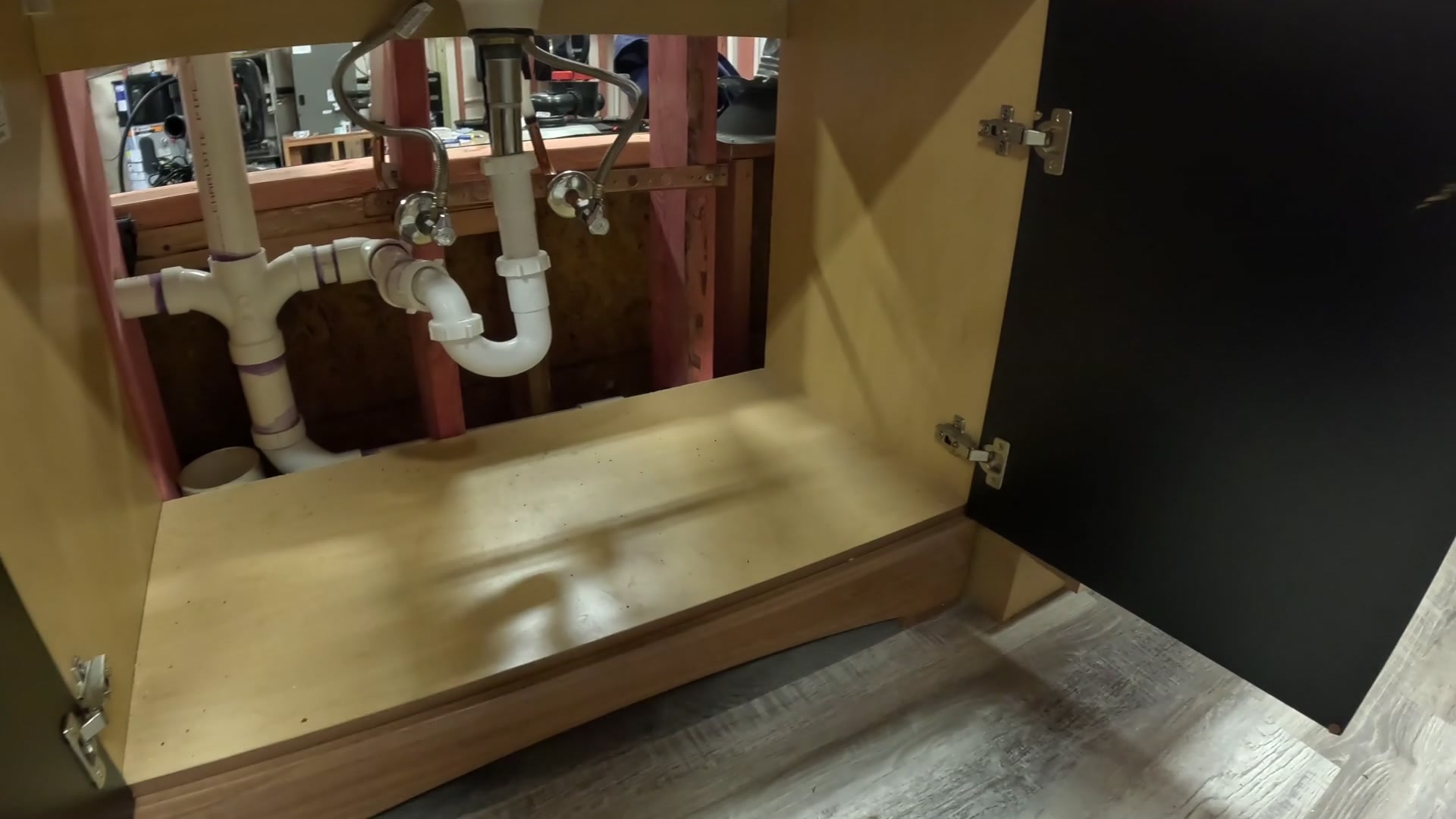It is snake season in North Texas and a Grapevine woman recently learned venomous snakes can be lurking anywhere. It’s what she did right after her bite that saved her from serious complications.
It is snake season in North Texas and a Grapevine woman recently learned venomous snakes can be lurking anywhere.
It's what she did right after her bite that saved her from serious complications.
Chris Vidana says she was walking up her driveway around 11 p.m. one night two weeks ago, when she says she felt a "pinch" on her ankle.
"I felt it again. That's when I looked down and I saw that it was a snake, right there," said Vidana.
A copperhead snake had found itself on the driveway her Grapevine home. It bit her on the ankle.
"It’s super shocking. You don’t expect get bit in the city," she said.
She used her cellphone to call her sister who was inside the home, but their next step proved to the most crucial.
Local
The latest news from around North Texas.
They went straight to a hospital emergency room, where within in 15 minutes of the bite, Vidana's ankle had become severely swollen and worsened by the minute.
"It was almost like you had a bad paper cut and you put germ-ex on your hand and it burns really bad but all over my calf and all over my foot," she said.
Doctors knew right away it was the bite of a copperhead snake, a pit viper, in the same family as rattlesnakes and cotton mouths.
Dr. Kurt Kleinschmidt, Professor of Emergency Medicine at the University of Texas Southwestern Medical Center and toxicologist at the North Texas Poison Center, located at Parkland Health, said pit vipers are out in higher numbers because of the warm weather this time of year.
Mark Pyle and his daughter Emily captured this up-close video of a copperhead inside a North Texas state park last week.
So far this year, the North Texas Poison Center has had 85 reports of copperhead snake bites, seven reports of rattlesnake bites and six reports of cottonmouth snake bites.
The North Texas Poison Center most commonly receives reports of copperhead snakes bites.
In 2017, there were 162. In 2016, there were 176.
Dr. Kleinschmidt said while their bites likely won't kill you, they can cause permanent injury if you don't know what to do.
"Probably one of the most dangerous things people do is put a tourniquet on," he said. "That's a very dangerous thing to do because now you're blocking blood flow to your arm leg or wherever this is going on."
Most hospitals in North Texas have the antivenom in stock.
According to Texas Parks and Wildlife, you should wash the bite area with a disinfectant soap, remove restrictive clothing or jewelry in the area of the bite, prevent movement of the bitten extremity and get medical attention as soon as possible.
Vidana got antivenom for her bite and stayed in the hospital for a night.
Two weeks later, the wound is still swollen and she relies on over-the-counter medicine for pain relief, when needed.
"I use a crutch to help whenever it gets too much and at night there's still swelling so I have to ice it," she said.
Doctors say you should never cut into a snake bite to try to get the venom out.
According to the Mayo Clinic: Don't use a tourniquet or apply ice. Don't cut the wound or attempt to remove the venom. Don't drink caffeine or alcohol, which could speed your body's absorption of venom. Don't try to capture the snake. Try to remember its color and shape so that you can describe it, which will help in your treatment.




